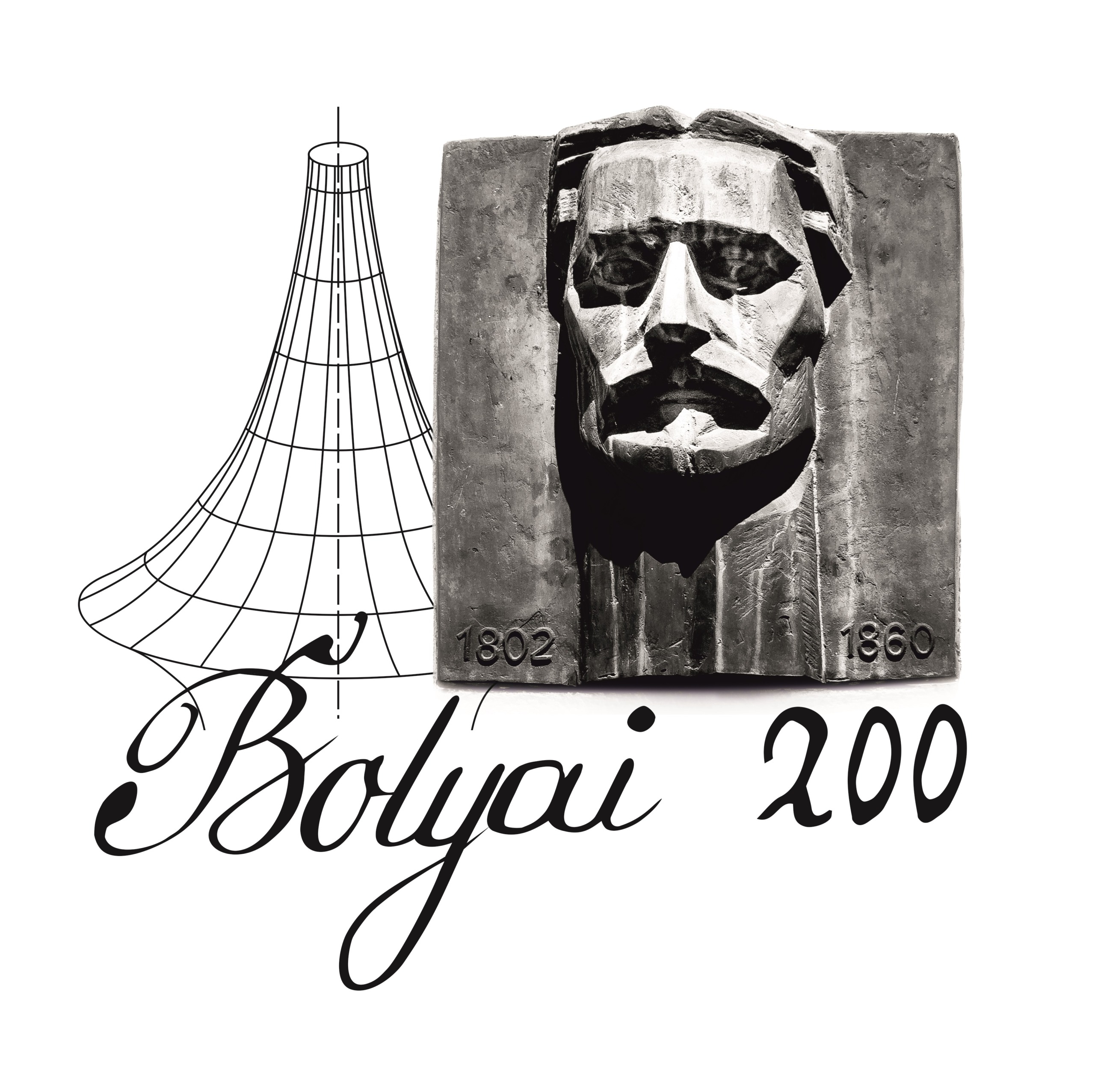Dr. Zoltán Szabó and dr. József Bokor


Hyperbolic geometry in systems and control
Zoltán Szabó and József Bokor
Geometry is one of the richest areas for mathematical exploration. The visual aspects of the subject make exploration and experimentation natural and intuitive. At the same time, the abstractions developed to explain geometric patterns and connections make the approach extremely powerful and applicable to a wide variety of situations. Euclidean geometry includes a rich variety of concepts such as point, line, incidence, parallel lines, angle, distance between points, congruence of segments, and congruence of angles. Already from the beginning the fifth postulate was recognized as less obvious than the others. During more than two thousand years of fascinating mathematical history geometers were trying to either prove it from the other axioms or replace it by something more obvious. In the nineteenth century development of the Bolyai-Lobachevsky geometry, as the first instance of non-Euclidean geometries, had a great impact on the evolution of mathematical thinking. Non-Euclidean geometry has turned out to be more than just a logical curiosity, and many of its basic features continue to play important roles in several branches of mathematics and its applications.
The invention of Cartesian coordinates revolutionized mathematics by providing the first systematic link between Euclidean geometry and algebra, and provided enlightening geometric interpretations for many other branches of mathematics.
The main concern of this work is to highlight the deep relation that exists between the seemingly different fields of geometry, algebra and control theory. Felix Klein, in the late 1800s, proposed group theory as a tool for formulating and understanding geometrical constructions. The Kleinian view makes the link between geometry and group theory; Descartes provides the dictionary between the geometrical entities and the algebraic ones while through different representations and homomorphism the abstract group theoretical facts will obtain an algebraic (linear algebraic) formulation that open the way to engineering applications.
Concerning system modeling, the hyperbolic-distance defined by certain finite Blaschke-products plays a central role in modeling techniques that uses nonstandard system representations such as generalized orthogonal basis functions or, recently, rational wavelets. In these methods a robust basis selection (pole selection) algorithm was developed based on hyperbolic-geometric results.
Concerning the time-domain development of robust control we focus on a quadratic separator framework and illustrate its hyperbolic geometrical roots. In this respect the main model is the projective matrix space endowed with a hyperbolic metric. This framework allows us to relate the indefinite space approach (Grassmannian view, Krein-space approach) to the hyperbolic view. The central object is the (operator) matrix Möbius transformation and its domain. The properties of this transformation, i.e., the geometry, reveals the structure of robust control problems. A fundamental observation is that solutions of the quadratic performance problems, e.g., robust control design, are parametrized by the elements of the unit ball. The group actions that correspond to the addition of stable plants are the hyperbolic motions of the unit ball. We provide an explicit parametrization of these operators and the corresponding induced operation on this parameter space.
As a starting point of Euclidean and non-Euclidean worlds the most fundamental geometries are the projective and affine ones. Feedback stability is related to such geometries. Following the Kleinian project we identify the proper mathematical objects and the groups associated with these objects that are related to the concept of stability and stabilizing controllers. While traditional geometric control theory is centered on a local view based on differential geometry, a global view is centered on an input-output framework, based on a Kleinian approach to the geometry. Transformation groups play fundamental roles, since they leave a given global property, e.g., stability invariant. We put an emphasis on this concept of the geometry and its direct applicability to control problems. The method also provides tools for controller manipulations that preserve the property at hand, called controller blending.
In the presentation classical control problems will be illustrated through this new approach in system identification and modeling for robust control.
